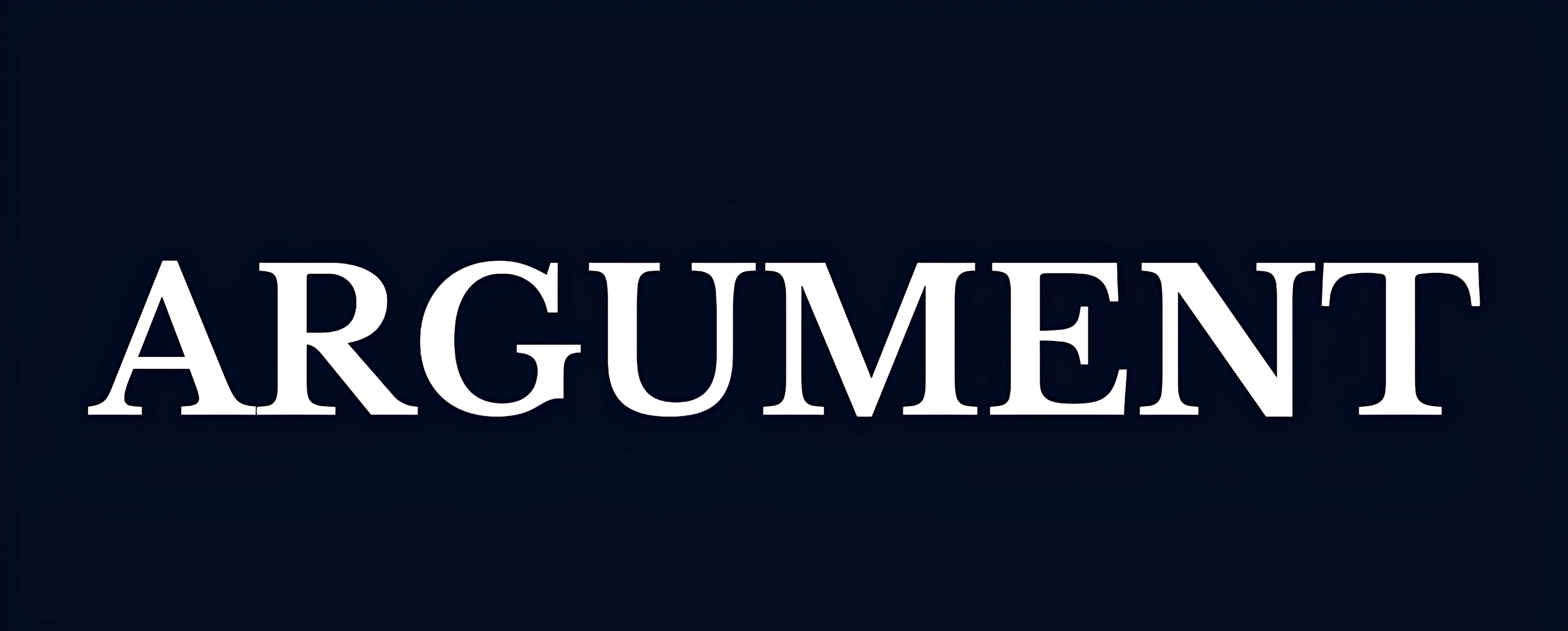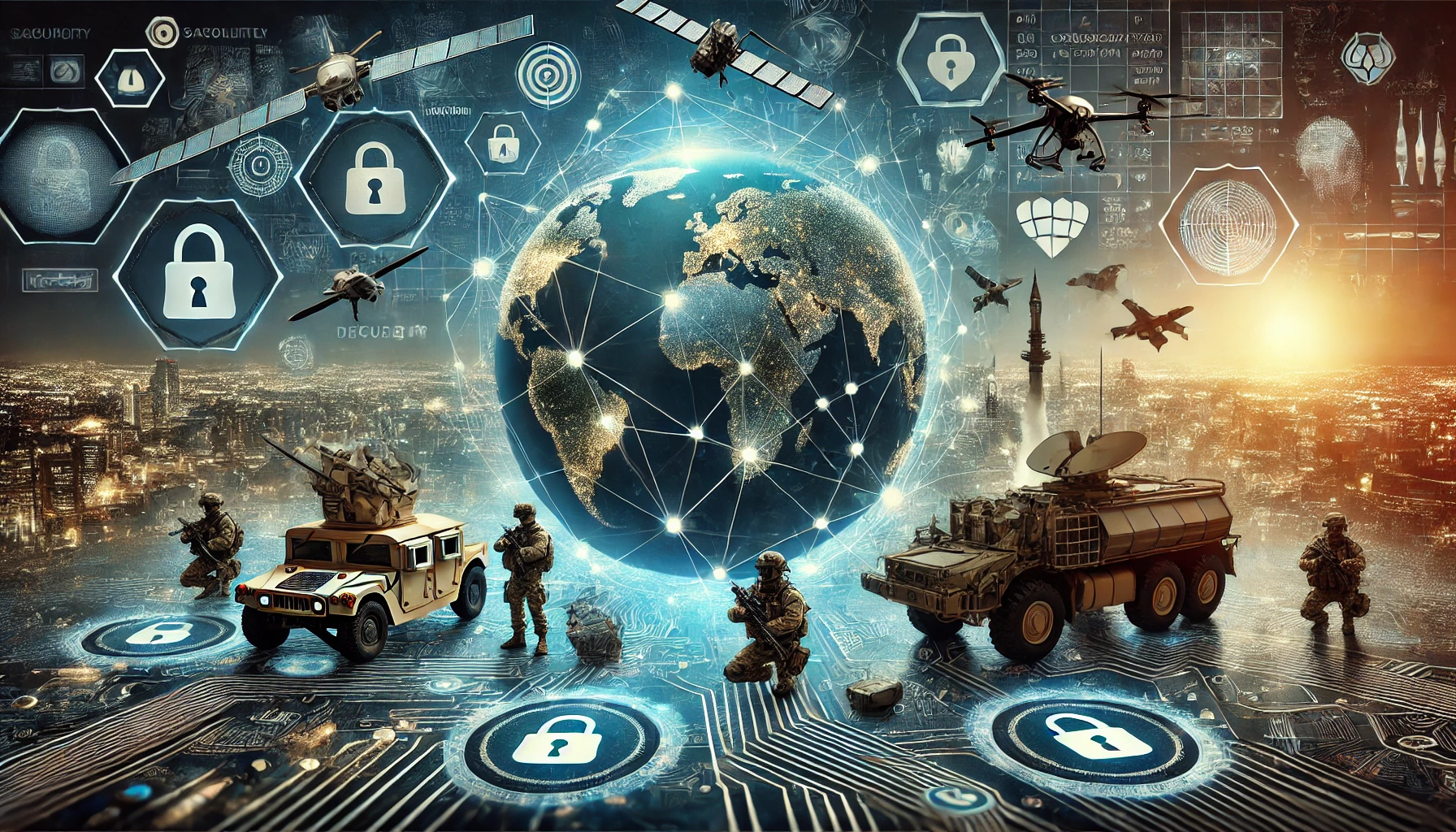
Alliances and the Role of Technology in Global Security
The rise of cyberwarfare has revolutionized global competition, transforming state security and sovereignty threats from physical borders to cyberspace, highlighting the urgent need for robust cybersecurity measures and international cooperation.
By | Arushi Kaur,
JUNE 28, 2024 | 06:26 PM

Similar to the arms race of the Cold War era, the rise of cyberwarfare has induced a revival of global competition with a modern flare focused on developing offensive and defensive cyber capabilities. In the cybersecurity industry, nation-states are among the most sophisticated and capable threat actors due to an abundance of state-sponsored resources. In effect, this abundance of resources provides nation-state threat actors with the capacity to execute Advanced Persistent Threat (APT) attacks, typically used to target the finance, healthcare, defense, and manufacturing industries.
Given this constant threat to any state’s infrastructure, a point of contention emerges regarding the nature of interstate alliances worldwide. Drawing from nuclear warfare, the principle of deterrence is relevant in the context of cyberwarfare as well; however, it is not necessarily the most effective in reducing the likelihood of a cyberattack. As a result, this can complicate interstate relations due to the lack of mutual understanding of nonviolence, which is embedded in deterrence theory.
The lack of effective deterrence in cyber strategy is one of the many reasons cyberwarfare threatens a state’s sovereignty and security more than traditional warfare. Historically, a state’s security was defined by the integrity of its physical borders; however, this notion was challenged by the expansion of the threat landscape to include cyberspace. Specifically, social networking sites have become an increasingly prevalent attack surface that demand adept monitoring by security professionals. Aside from the widespread threat of social engineering attacks from typical threat actors like cyber criminals, nation-state actors who actively spread disinformation and propaganda pose substantial risks as they disrupt the internal security dynamics of theirrespective adversaries.
Notably, this disinformation and propaganda aims to debilitate internal security dynamics by influencing the opinion of state populations generally against the presiding government. This form of cyber social warfare can be categorized under information warfare, which can be defined as the pursuit of protecting one’s information while acquiring information on an opponent (which can be leveraged later). By engaging in information warfare, nation-states can also construct echo chambers or information bubbles that reiterate disinformation based on the algorithm generated by the user’s previous activity. By reiterating disinformation, which tends to appeal to the emotions and ideological beliefs of a target population, a threat actor can indirectly manipulate a target to act against a state under the pretense that their actions are warranted or contributing to a “greater cause.”
Information warfare has also been utilized in conjunction with other forms of digital warfare in the Russia-Ukraine conflict and throughout the longstanding rivalries between the US and China, as well as Iran and Israel. Such disputes have integrated traditional and digital warfare to cultivate a new age of hybrid warfare where attacks are launched both in cyber and physical space. In the Russia-Ukraine conflict, Russia launched attacks on Ukraine’s physical data storage facilities, which then prompted Ukraine to transfer all data into cloud-based storage for improved security.
While opting for cloud-based storage is an intelligible solution, it is imperative to note that this inadvertently introduces a new dimension of risk. Kremlin-sponsored cyber attacks are also illustrative of an underlying dynamic of polarity that becomes increasingly accentuated in the cyber arms race. In this multi-polar system, the US, Russia, China, and Iran have employed cyberweapons like ransomware and spyware as a part of their efforts to compromise their targets in cyberspace. However, unlike conventional warfare, cyberwarfare presents the opportunity to persistently target a state at lower costs that make it more accessible to smaller states around the world.
While more resources invested in a robust cyber warfare program can yield more sophisticated offensive and defensive capabilities, even the smallest gap in defensive security measures can allow any malicious actor with any amount of resources to pose a legitimate threat to the targeted system. Hypothetically, even if a malicious actor with less experience simply infiltrates a system, this infiltration could create a gap in security that could allow a sophisticated threat actor to exploit that gap as a vulnerability. Consequently, cyber warfare becomes variable in scale and capability, often making it harder for states to determine who can be a threat and what their attack methodology might be. While developments in warfare technology have allowed for a new combat zone for state actors in cyberspace, non-state threat actors have also adopted cyberweapons to further their objectives and establish themselves as legitimate threats to security.
Specifically, insurgent and terrorist groups around the world have also delved into cyberspace through the means of the dark web, hacking divisions, and prominent social networking platforms such as Telegram, Twitter, and Facebook to broadcast their message. Unlike a state-led cyberattack, the attacks executed by these independent actors can implicate the advent of large-scale conflict between non-state entities. In other words, the accessibility of cyberweapons facilitates the progression of warfare in a direction that curtails the significance of state-state conflict and divulges the notability of disputes between independent entities.
This development reveals the underlying mechanics of international society transitioning into a world society to include relevant non-state actors in the context of warfare. As non-state actors are recognized as legitimate members of world society, traditional state actors must be more cognizant of alliances with non-state actors and how they might operate on unconventional conditions and agreements. Alliances between opposing state actors are likely to become increasingly strained due to the ease and frequency at which cyberattacks are executed.
Enhanced connectivity in cyberspace may permit a seamless flow of information to aid with decision-making and communication, yet this advantage can easily translate into the inability to account for the growing number of users with unknown objectives behind their online presence. Collective action in the form of robust compliance standards and incessant security surveillance from state and non-state entities may be the only solution forward.
